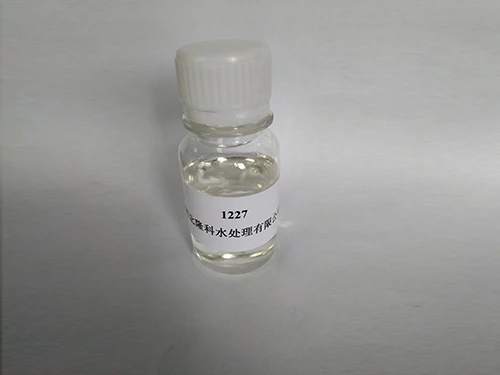isothiazolinone 1.5
Understanding Isothiazolinone A 1.5% Perspective
Isothiazolinones are a class of chemicals widely recognized for their efficacy as biocides. They are commonly used as preservatives in various industrial and consumer products, including paints, adhesives, personal care items, and household cleaners. Among the different types of isothiazolinones, two of the most notable are methylisothiazolinone (MIT) and chloromethylisothiazolinone (CMIT), often used in combination to enhance their protective properties. The mention of 1.5% in relation to isothiazolinones generally refers to the concentration of these agents in formulations, which warrants a deeper exploration of their applications, safety, regulatory concerns, and potential environmental impacts.
Applications of Isothiazolinones
The versatility of isothiazolinones makes them essential in various sectors. In the paint and coatings industry, for instance, these compounds help prevent the growth of mold and bacteria that can compromise product integrity during storage. In personal care products, they serve a crucial role in extending shelf life, thereby ensuring safety and effectiveness for consumers. Additionally, in the realm of household cleaners, isothiazolinones provide an essential barrier against microbial contamination, making these products indispensable for maintaining hygiene in homes and commercial establishments.
Safety and Regulatory Concerns
Despite their effectiveness, isothiazolinones have come under scrutiny in recent years due to emerging concerns about their safety, particularly regarding skin sensitization and allergic reactions. Studies have indicated that methylisothiazolinone, for example, can cause significant allergic reactions in sensitive individuals, leading to the European Union and other regulatory bodies imposing usage restrictions. As of recent guidelines, products containing isothiazolinones must clearly label their concentrations, and many manufacturers have reduced the allowable percentage in cosmetic formulations to minimize the risk of adverse reactions.
The concern is not just limited to human health. Regulatory agencies, including the U.S. Environmental Protection Agency (EPA) and the European Chemicals Agency (ECHA), have raised concerns about the ecological impacts of isothiazolinones. Their potential to accumulate in aquatic environments and affect non-target species, including fish and invertebrates, has led to calls for more rigorous environmental assessments.
isothiazolinone 1.5

The 1.5% Concentration Context
Considering the broader discussions surrounding isothiazolinones, the mention of a 1.5% concentration is particularly relevant. This percentage signifies a balance between effective biocidal action and the risk of adverse health and environmental effects. For manufacturers, achieving this balance is essential in ensuring compliance with regulatory standards while also maintaining product efficiency. The 1.5% threshold may often represent a compromise that limits potential harm while still delivering effective microbial control.
Consumer Awareness and Future Considerations
As awareness around the effects of chemical preservatives grows, consumers are becoming more inquisitive about the ingredients in their everyday products. Many people now actively seek out products that are free from potentially harmful chemicals, including isothiazolinones. This shift in consumer behavior is prompting companies to reevaluate their formulations and explore alternative preservatives that offer safety without compromising efficacy.
The future of isothiazolinones may involve innovations that reduce their health and environmental risks. Research into safer alternatives, or the development of modified isothiazolinones with reduced allergenic properties, could pave the way for more sustainable practices in product formulation. Industries might also explore green chemistry approaches, seeking naturally derived preservatives as substitutes for synthetic chemicals like isothiazolinones.
Conclusion
Isothiazolinones, particularly at a concentration of 1.5%, play a crucial role in various product formulations across multiple industries. While they offer substantial benefits in terms of preservation and microbial control, the associated safety and environmental concerns cannot be overlooked. As regulatory frameworks tighten and consumer demand for safer products increases, it is imperative for manufacturers to adapt and innovate, ensuring that the benefits of isothiazolinones do not come at the expense of human health or ecological integrity. The ongoing dialogue surrounding these compounds will ultimately shape their future role in our everyday lives.
-
Understanding Polycarboxylic Acids: Properties, Applications, and Future PotentialNewsJul.28,2025
-
Scale Inhibitor Explained: How to Protect Your System from Limescale and Hard Water DamageNewsJul.28,2025
-
Scale and Corrosion Inhibitors: Essential Chemicals for Industrial Water System ProtectionNewsJul.28,2025
-
Polyaspartic Acid: A Biodegradable Polymer for Sustainable ChemistryNewsJul.28,2025
-
Isothiazolinones: A Versatile Antimicrobial Class with Industrial Power and Regulatory ChallengesNewsJul.28,2025
-
A Deep Dive into 2-Phosphonobutane-1,2,4-Tricarboxylic Acid (PBTC)NewsJul.28,2025





